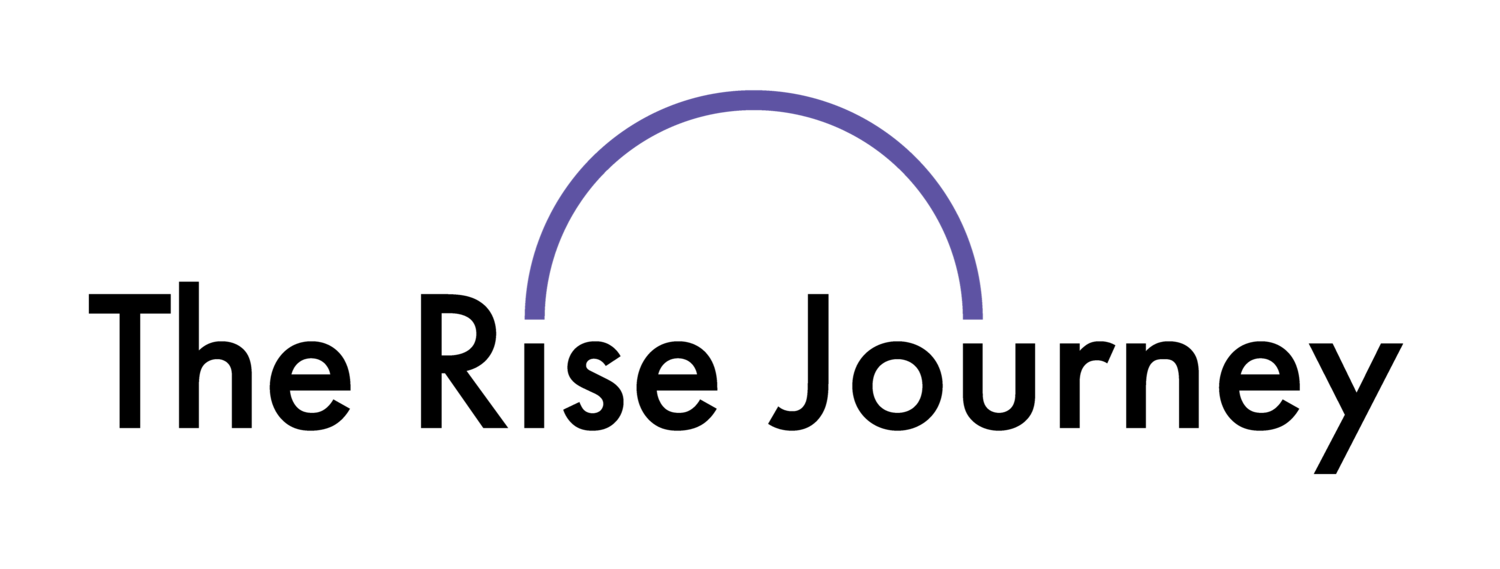What is an Organizational Culture Assessment? Everything You Need to Know
A diverse team sitting in a board room meeting.
Organizational culture assessments systematically evaluate an organization's values, behaviors, and norms, providing valuable insights into its climate and employee experiences. A recent survey found that 82% of people and organizations viewed culture as a competitive edge. Assessing culture is crucial for identifying strengths, areas for improvement, and guiding strategic decisions. It enhances engagement, satisfaction, and fosters innovation.
In this guide, we explore the meaning and significance of organizational culture assessments, the process, benefits, how to integrate DEIBA principles, implementation strategies and emphasize the importance of continuous cultural evolution for sustained success.
What is Organizational Culture?
Organizational culture is the essence of a company, shaping employee interactions, decision-making, and work approaches. It influences employee experience and overall success. For example, fostering collaboration and transparency boosts engagement and productivity. Conversely, toxic cultures hinder morale and motivation. Understanding culture intricacies helps leaders create positive environments for achieving strategic goals and long-term success.
The Organizational Culture Assessment Tools & Process
This Organizational Culture Assessment process encompasses several key components, including:
Employee Engagement Analysis
The Employee Engagement Analysis assesses commitment, motivation, and satisfaction levels, directly impacting productivity and organizational performance.
Leadership Effectiveness Evaluation
The Leadership Effectiveness Evaluation assesses the alignment of leadership practices with organizational values and determines their influence on shaping the organizational culture.
Communication Assessment
The Communication Assessment examines the clarity, transparency, and effectiveness of communication channels, aiming to ensure alignment and understanding among all stakeholders.
Productivity Analysis
The productivity analysis aims to identify inefficiencies and pinpoint areas for improvement within work processes, thereby enhancing the overall effectiveness and efficiency of the organization.
It is imperative to include voices from every level and department within the organization as each individual contributes uniquely to its culture, offering valuable insights into both strengths and areas for development. To ensure comprehensive feedback, various methods such as focus groups, one-on-one interviews, and surveys are employed. These approaches encourage open dialogue, maintain confidentiality, and allow diverse perspectives to be heard, ultimately enhancing the accuracy and depth of the assessment findings.
5 Benefits of Organizational Culture Assessments
Assessments offer many benefits that can significantly impact an organization's success and growth trajectory:
Identifying existing gaps, strengths, and opportunities: Through thorough analysis, assessments pinpoint areas where the organization excels and areas that require improvement, providing valuable insights for strategic planning.
Fostering a culture of continuous growth and innovation: By understanding the current cultural landscape, organizations can implement initiatives aimed at fostering innovation and embracing change, driving continuous improvement.
Increasing employee engagement and efficiency: Assessments allow organizations to gauge employee satisfaction, identify potential areas of disengagement, and implement measures to enhance engagement, ultimately leading to increased productivity and efficiency.
Influencing decision-making and strategy development: Insights gained from culture assessments inform decision-making processes, enabling leaders to make more informed choices that align with the organization's values and long-term objectives.
Creating positive change within the organization: By addressing areas of improvement identified through assessments, organizations can enact positive change, enhancing workplace dynamics, morale, and overall organizational performance.
Integrating DEIBA Principles
Incorporating DEIBA principles into organizational culture assessments is a step often missed, but by doing so organizations create more inclusive and equitable workplaces. This involves:
Understanding the core principles of Diversity, Equity, Inclusion, Belonging, and Accessibility (DEIBA), which serve as foundational pillars for creating a thriving and inclusive organizational culture.
Ensuring that assessments are aligned with these principles to accurately reflect the organization's commitment to diversity and inclusion, promoting a culture where every individual feels valued and respected.
Incorporating DEIBA considerations into every stage of the assessment process, from design to implementation, by incorporating diverse perspectives, ensuring inclusivity, and addressing any disparities or barriers that may exist within the organization.
Implementing strategies to promote diversity and inclusion based on insights gathered from assessments, such as targeted training programs, diversity recruitment initiatives, and fostering inclusive communication practices.
Monitoring progress and continuously evaluating the effectiveness of DEIBA initiatives, adjusting strategies as needed to ensure ongoing improvement and alignment with organizational goals and values.
Implementing Actionable Strategies Based on Assessment Results
Once the organizational culture assessment findings have been thoroughly analyzed, the next step involves drafting actionable strategies to tackle areas of improvement. This process entails developing targeted initiatives tailored to the specific needs and challenges identified within the organizational culture. Subsequently, implementing these changes across the organization is essential, fostering a culture conducive to growth and innovation. Continuous monitoring of progress is paramount, allowing for timely adjustments to strategies as needed, and ensuring that the organization remains on track toward its goals and objectives.
Next Steps?
Our team would love to connect with you and discuss how assessments can guide your organizational development journey. Whether it's understanding your current culture, improving leadership effectiveness, or enhancing communication strategies, we're here to support your goals.
Reach out today to create a thriving workplace culture that empowers every individual to excel.


